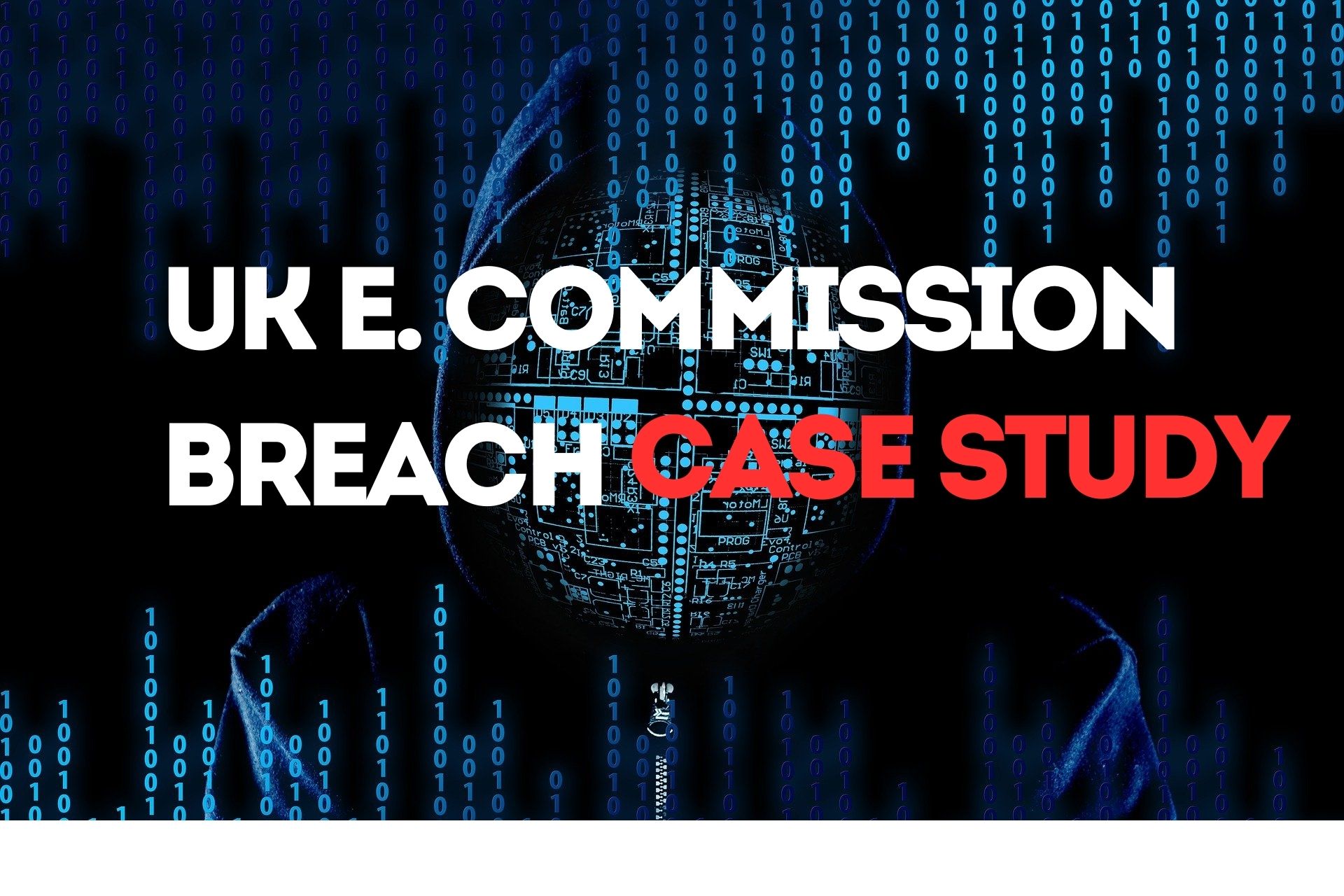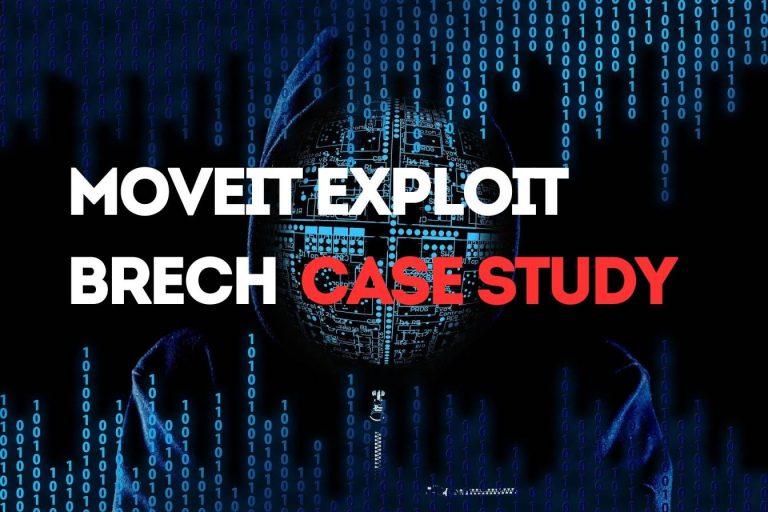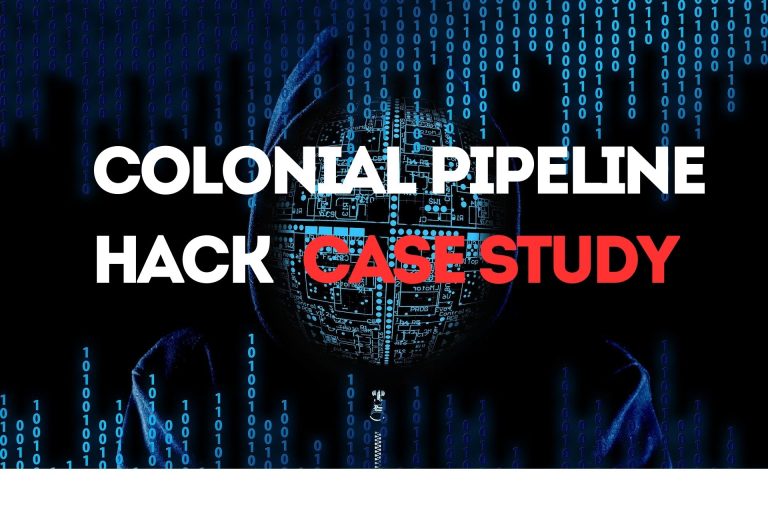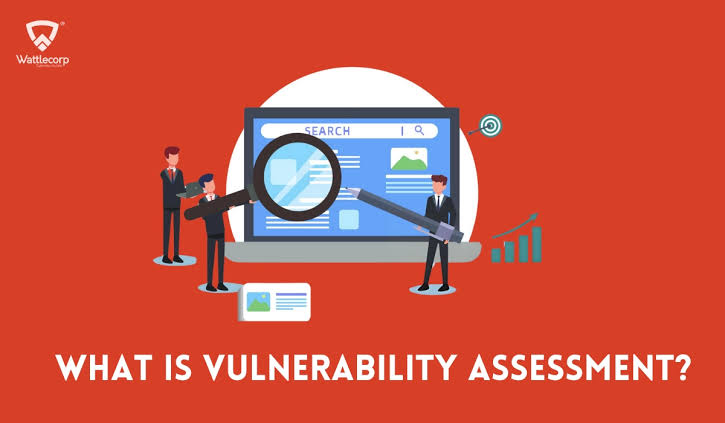In 2023, the UK Electoral Commission disclosed a serious cyber-attack that compromised personal data belonging to more than 40 million voters. This breach was not only a technical failure but a warning about the growing risk to democratic processes in the digital age. With the attackers lurking within the Commission’s network for 15 months before detection, the incident has sparked debates about cybersecurity weaknesses and national security vulnerabilities.
How the Breach Unfolded
The initial breach occurred in August 2021 when attackers gained access to internal systems. However, it was not until October 2022—over a year later—that the intrusion was discovered. Unfortunately, the breach was only publicly disclosed in August 2023, nearly two years after the attackers first entered the system.
Attackers accessed voter records, internal email systems, and administrative databases. While the compromised data may seem relatively basic, the exposure of names, addresses, and email addresses can facilitate identity theft, targeted phishing campaigns, and social engineering attacks. The delay in detection and failure to act quickly highlighted gaps in the Commission’s security protocols.
Data Exposed in the Attack
The compromised records included:
- Voter registration data (for individuals registered from 2014 to 2022).
- Personal details like names and contact information.
- Internal emails and system data within the Electoral Commission’s network.
Although officials stressed that no voting outcomes were altered, the exposure of sensitive data could have long-term consequences. Cybercriminals may exploit voter information to manipulate opinions, launch phishing attacks, or create disinformation campaigns during elections.
How the Attack Was Likely Carried Out
While the UK authorities did not release detailed forensic reports, experts speculate that the breach involved phishing attacks or credential theft. Attackers might have obtained privileged login credentials, allowing them to bypass defenses. The prolonged undetected access suggests the use of advanced persistent threat (APT) techniques. These tactics allow hackers to infiltrate systems stealthily and remain within the network, gathering information over time.
This scenario reflects an underlying issue with insufficient monitoring—the absence of real-time detection systems allowed the hackers to roam freely for over a year without raising alarms.
How It Was Contained and Managed
Once the breach was discovered in October 2022, the Electoral Commission:
- Informed the National Cyber Security Centre (NCSC) for investigation and support.
- Strengthened its internal security protocols and conducted forensic audits.
- Publicly disclosed the incident in August 2023, explaining the data compromised.
However, the 15-month delay between breach detection and public notification led to public outrage. Transparency is essential in incidents involving personal data, and the delay undermined trust in both the Commission and the electoral process.
Impacts on Trust and Democracy
This breach shook public confidence in the UK’s electoral system. Voters expressed concerns about how their data would be used or exploited.
In a worst-case scenario, this type of exposed data could be used to undermine elections through disinformation campaigns or to interfere with political discussions. Cybercriminals could also impersonate voters, leading to identity fraud or targeted attacks. The breach raised pressing questions:
- Are electoral systems adequately secured?
- Can democratic institutions keep pace with evolving cyber threats?
A Global Trend: Cyberattacks on Critical Systems
The UK Electoral Commission’s breach is part of a larger global trend of attacks on critical infrastructure. Similar incidents include:
- U.S. Election Systems Targeted (2020-2022): Various election management systems were probed by state-sponsored hackers during U.S. presidential elections.
- Colonial Pipeline Ransomware Attack (2021): Disruption of critical fuel supplies highlighted the vulnerabilities of infrastructure to cybercriminals.
These incidents emphasize that elections, like other critical services, are not immune to cyberattacks.
What Could Have Been Done Differently?
The delayed detection and response in the UK case reveal significant gaps in preparedness. Here are some measures that could have improved the outcome:
- Real-Time Monitoring and Threat Detection: Advanced threat detection tools could have identified suspicious activity sooner.
- Zero Trust Security Model: A zero-trust framework would have ensured that no internal system was trusted by default, reducing the chance of unauthorized access.
- Regular Audits and Penetration Testing: Proactive security assessments could have detected vulnerabilities before attackers exploited them.
- Faster Public Disclosure: Informing the public sooner would have maintained trust and allowed affected individuals to take protective actions.
How Cybersecurity Can Protect Democratic Institutions
To prevent future breaches, government institutions and organizations managing elections must adopt strong cybersecurity frameworks. Some essential measures include:
- Multi-Factor Authentication (MFA): Ensuring that user accounts are protected by more than just passwords.
- Encryption of Sensitive Data: Encrypting voter information to minimize the risk of exposure.
- Collaboration with Cybersecurity Experts: Partnering with national cybersecurity agencies, like the NCSC, to bolster defenses.
- Public Awareness Campaigns: Educating voters about the risks of cyber threats and how to spot phishing attempts.
Conclusion: Safeguarding Democracy in the Digital Era
The UK Electoral Commission breach is a stark reminder that cybersecurity is critical to the integrity of elections. As nations embrace digital systems, vulnerabilities multiply, and attackers target essential systems to manipulate public opinion or disrupt governance.
Addressing these risks requires continuous efforts in monitoring, detection, and collaboration with cybersecurity agencies. This case highlights the need for proactive security frameworks and rapid incident responses to maintain public trust in democracy.
Governments, organizations, and individuals must remain vigilant, as the stakes are higher than ever in an era where even a small data breach can ripple into a crisis with far-reaching consequences.








